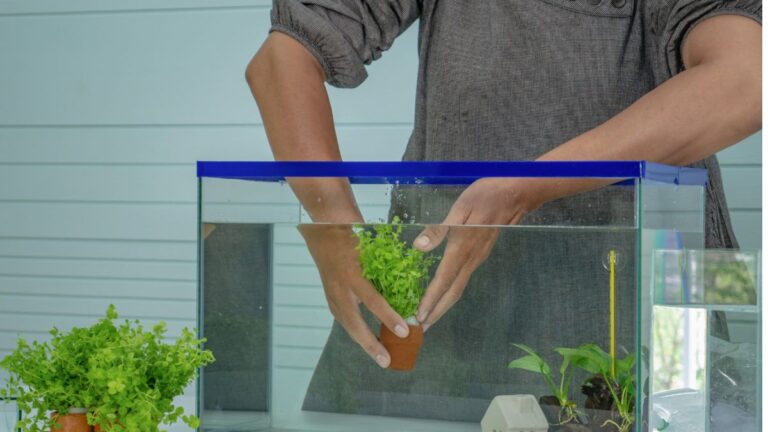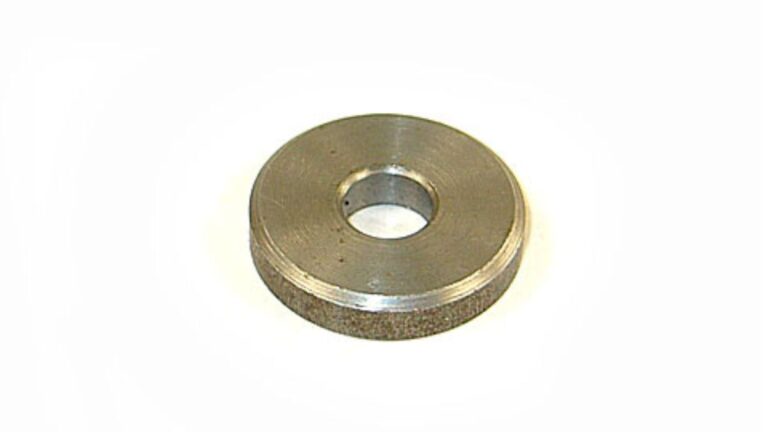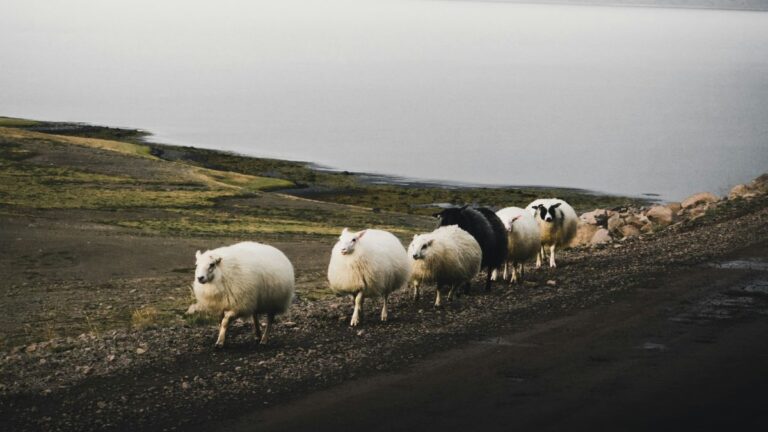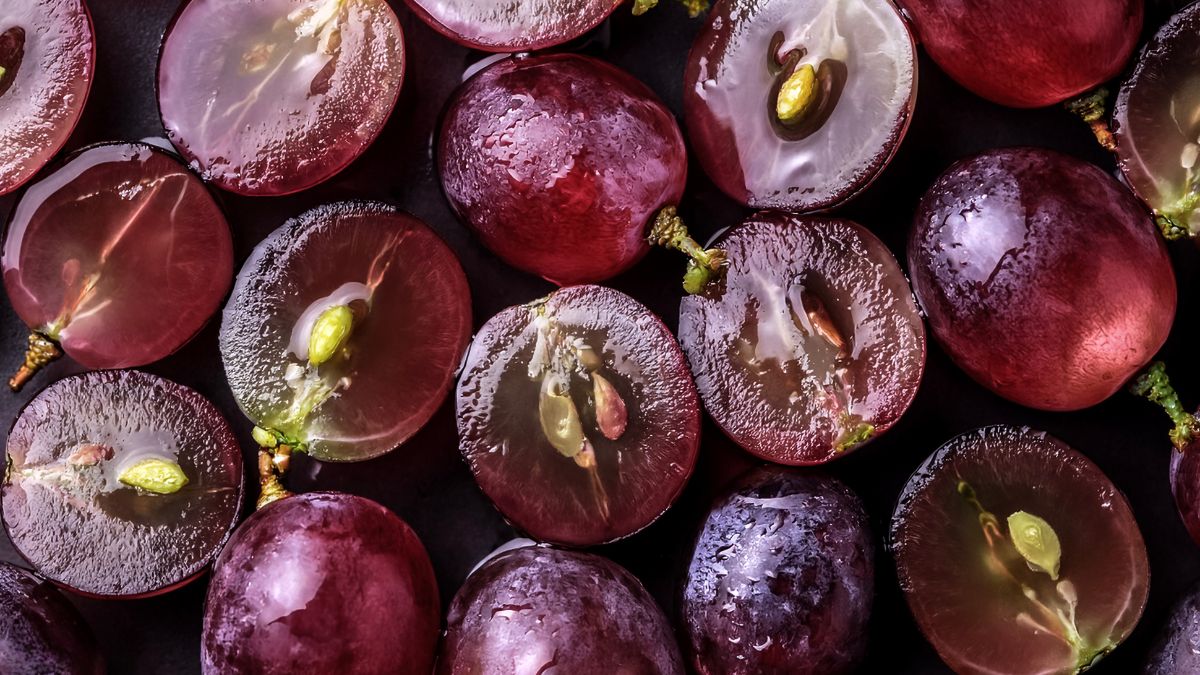Muscadine grapes (Vitis rotundifolia) are native to the southeastern United States and are renowned for their rich, sweet flavor and thick skins. Whether you’re a backyard gardener or a commercial grower, cultivating muscadines from seed can be a rewarding project. If you’re wondering, can you use coconut coir for preparing muscadine seeds, the answer is yes—coconut coir is an excellent choice for germinating muscadine seeds. This article explores the process in detail, including the benefits of coconut coir, how to use it, and tips for success in seed preparation.
What Is Coconut Coir?
Coconut coir, also known as coco peat, is a byproduct of the coconut industry. It is made from the fibrous husk of coconuts, and it has gained popularity as a sustainable alternative to peat moss in horticulture. Coconut coir is known for its water retention, aeration, and excellent drainage properties, making it an ideal medium for seed germination.
Key Benefits of Coconut Coir
- Sustainability: Unlike peat moss, which is harvested from bogs, coconut coir is renewable, making it an eco-friendly choice.
- Good Drainage: Coir holds moisture well but also drains excess water, preventing seeds from becoming waterlogged.
- Neutral pH: Coconut coir has a neutral pH, making it suitable for a wide variety of plants, including muscadine grapes.
- Aeration: The fibrous nature of coir allows for excellent root aeration, which is essential for healthy seedling development.
Now that we know what coconut coir is and its advantages, let’s delve into how it can be used for preparing muscadine seeds.
Can You Use Coconut Coir for Preparing Muscadine Seeds?
Yes, coconut coir can be an excellent medium for preparing muscadine seeds. Germinating muscadine seeds requires a well-draining, moisture-retentive medium, and coconut coir checks both boxes. Here’s why it works well:
1. Moisture Retention and Drainage
Muscadine seeds need a balance of moisture to germinate successfully. Coconut coir holds water efficiently while allowing excess moisture to drain away, which helps prevent fungal growth and root rot. This is crucial because seeds that are too wet or too dry will struggle to sprout.
2. Aeration for Healthy Roots
Proper root development is vital for seedling health. Coconut coir is light and airy, which means it doesn’t compact as much as soil. This provides sufficient oxygen to the developing roots, which is essential for the seedlings to thrive.
3. Sterility
Unlike soil, coconut coir is relatively free from pathogens that might interfere with seed germination. This makes it an ideal medium for preparing muscadine seeds, as it reduces the risk of mold or bacterial infections that could hinder growth.
4. Ease of Use
Coconut coir is easy to prepare for planting. It typically comes in compressed blocks that need to be hydrated before use. Once hydrated, it can be used directly for seed germination without the need for additional mixing or processing.
5. Adaptability for Different Growing Environments
Coconut coir is versatile and can be used both indoors and outdoors, making it a great option for different climates. Whether you’re starting your muscadine seeds in a greenhouse or a kitchen windowsill, coconut coir adapts to various growing conditions.
How to Use Coconut Coir for Preparing Muscadine Seeds
To prepare muscadine seeds using coconut coir, follow these simple steps:
1: Prepare the Coconut Coir
- Hydrate the Coir: If you’re using compressed coconut coir, add water to rehydrate it. Typically, one block of coir will require about 5-6 liters of water. The coir will expand significantly, so ensure you have enough space to mix and expand the material.
- Break Up Clumps: After hydration, break up any large clumps and mix the coir until it has a consistent, fluffy texture.
2: Soak Muscadine Seeds
- Clean the Seeds: After removing the seeds from the muscadine fruit, clean them by rinsing them under cool water. This removes any sticky pulp that could hinder germination.
- Soak for 24-48 Hours: Before planting, soak the seeds in water for 1-2 days to help soften the seed coat and improve germination rates.
3: Plant the Seeds in Coconut Coir
- Prepare the Containers: Use small containers such as seed trays, pots, or even biodegradable plant pots. Fill the container about three-quarters full with the hydrated coconut coir.
- Plant the Seeds: Place the muscadine seeds about 1 inch deep into the coir. Gently cover them with coir to ensure they are fully submerged in the medium.
4: Maintain Proper Conditions
- Moisture: Keep the coir consistently moist but not waterlogged. You can cover the containers with a plastic dome or plastic wrap to help retain moisture.
- Temperature: Muscadine seeds require warmth to germinate. Ideally, the temperature should be between 70-80°F (21-27°C). You can use a heat mat to provide consistent warmth.
5: Monitor and Transplant
- Check for Germination: After 2-4 weeks, muscadine seeds should begin to sprout. If the seeds haven’t sprouted by then, you can continue to wait, as some seeds take longer to germinate.
- Transplant the Seedlings: Once the seedlings have developed a strong root system and a couple of leaves, they can be transplanted into larger pots or directly into the garden.
Tips for Success with Coconut Coir and Muscadine Seeds
Here are a few additional tips to improve your chances of successfully growing muscadines from seeds using coconut coir:
1. Use Fresh Seeds
The fresher the muscadine seeds, the better your chances of successful germination. Older seeds tend to have lower germination rates.
2. Ensure Adequate Light
Once the seedlings start to sprout, make sure they receive plenty of light. A sunny windowsill or a grow light can help the young plants grow strong and healthy.
3. Hardening Off
Before planting your seedlings outdoors, it’s essential to harden them off by gradually exposing them to outdoor conditions. This helps the young plants adapt to the environment and reduces transplant shock.
4. Fertilize Lightly
While coconut coir provides a great growing medium, it does not contain many nutrients. You may need to supplement with a mild fertilizer to give your seedlings a boost as they grow.
Benefits of Using Coconut Coir for Muscadine Seeds
Sustainability and Eco-friendliness
Coconut coir is considered environmentally friendly compared to peat moss, which is harvested from non-renewable bogs. By using coconut coir, you’re contributing to a more sustainable gardening practice.
Enhanced Germination Success
Many gardeners report higher germination success rates when using coconut coir, as it provides the ideal moisture and aeration balance for seeds.
Cost-Effectiveness
Coconut coir is an affordable growing medium, especially when purchased in bulk. Given that it lasts a long time, it offers great value for gardeners.
Coconut Coir vs. Other Seed Starting Mediums
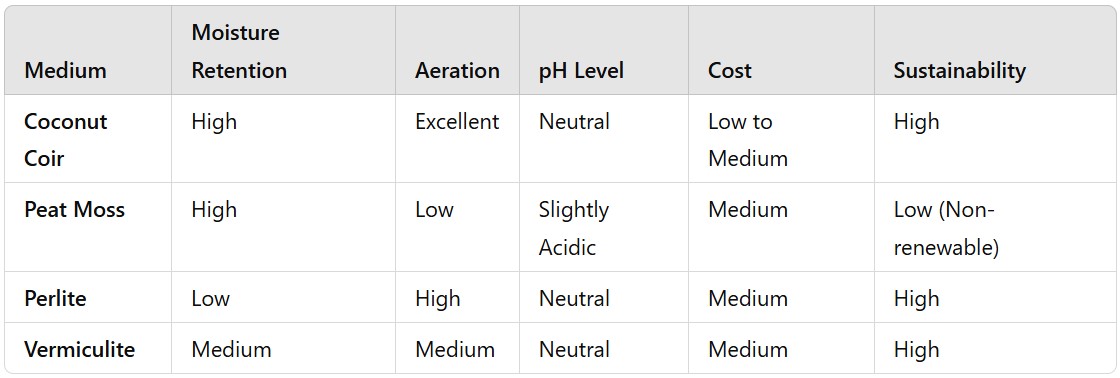
FAQs on Using Coconut Coir for Muscadine Seeds
1. Can I use coconut coir instead of soil for muscadine seeds?
Yes, coconut coir works well as an alternative to soil, providing excellent moisture retention and aeration for muscadine seed germination.
2. How long does it take for muscadine seeds to germinate in coconut coir?
Muscadine seeds typically take 2-4 weeks to germinate in coconut coir, depending on the seed’s freshness and the growing conditions.
3. Should I fertilize muscadine seedlings in coconut coir?
Yes, while coconut coir is nutrient-poor, providing a light fertilizer after germination will help your seedlings thrive.
4. Is coconut coir better than peat moss for muscadine seeds?
Coconut coir is generally better for muscadine seeds because it’s more sustainable, offers better aeration, and provides a neutral pH.
5. Can I use recycled coconut coir for muscadine seeds?
Recycled coconut coir can be used, but it may need to be rehydrated and checked for contaminants before use.
6. Can I start muscadine seeds in coconut coir outdoors?
Yes, coconut coir can be used outdoors, but ensure the seedlings are hardened off and temperatures are consistent before transplanting.
Conclusion
In summary, yes, you can use coconut coir for preparing muscadine seeds. This eco-friendly, moisture-retentive, and well-draining medium offers an excellent environment for seed germination. By following the right steps and ensuring proper care, you can successfully grow muscadine seedlings using coconut coir. Whether you’re an experienced gardener or just starting out, coconut coir provides an easy-to-use, sustainable solution for growing these unique and delicious grapes.

